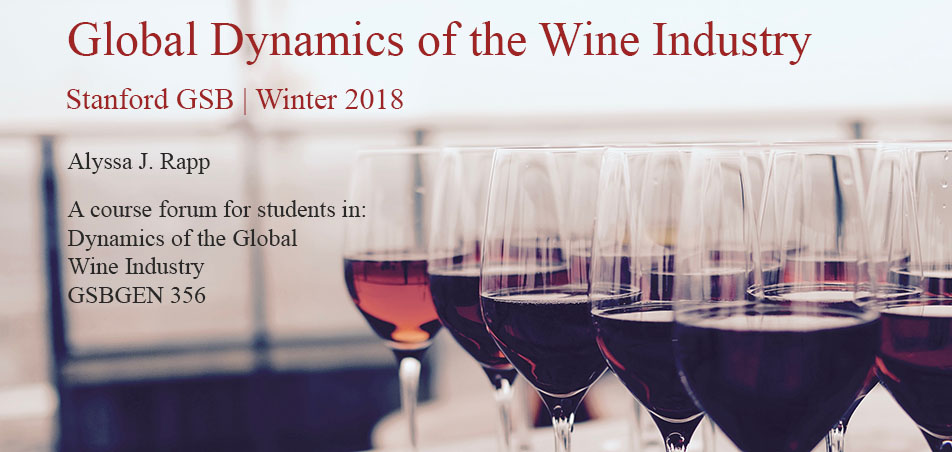Before Prohibition came into effect in 1920, wineries,
distilleries and breweries often owned retail outlets in whole or in part, enjoying
vertical integration and quasi-monopoly power over a small geographic area.
State regulators were concerned about these “tied house”
practices, and began restricting who could sell alcohol, and how.
The United States Temperance Movement
increased community focus on these laws, and caused increasingly strict
regulation of the production, distribution and sale of alcohol.
Even before Prohibition, and far before
Granholm v. Heald, the Supreme Court
recognized states’ broad authority to regulate the alcoholic beverage industry,
free from the strictures of the Commerce Clause of the Constitution in the
License Cases.
When
Leisy v. Hardin
undercut the reasoning behind the License Cases, Congress did not assert its
power to supersede the states.
Instead
it
strengthened the power of the
states to regulate alcohol by passing two laws.
The Wilson Act of 1890 reads in pertinent part,
All . . .
intoxicating liquors or liquids transported into any State or Territory . . .
shall upon arrival in such State or Territory be subject to the operation and
effect of the laws of such State or Territory enacted in the exercise of its
police powers, to the same extent and in the same manner as though such liquids
or liquors had been produced in such State or Territory . . . .
In English, this means that when alcohol produced by one
state crossed over the border to a second state, the law of the second state began
to regulate the product. So if wine in
California could only be sold in red bottles, and wine in Nevada could only be
sold in blue bottles, California wine would have to be painted blue upon crossing
the Nevada border to comply with the Wilson Act.
The Webb-Canyon Act, passed in 1913, made state-wide
prohibition enforceable, prohibiting
the shipment or
transportation . . . of any . . . intoxicating liquor of any kind from
one State, Territory, or District . . . into any other State, Territory,
or District . . . (for the purpose of being) received, possessed, sold, or in
any manner used . . . in violation of any law of such State, Territory, or
District . . . .
Therefore, the
story of alcoholic beverage prohibition in the pre-Prohibition years was one of
robust state power and Congressional deference, the reverse of
generally-accepted federalism principles in the United States.


